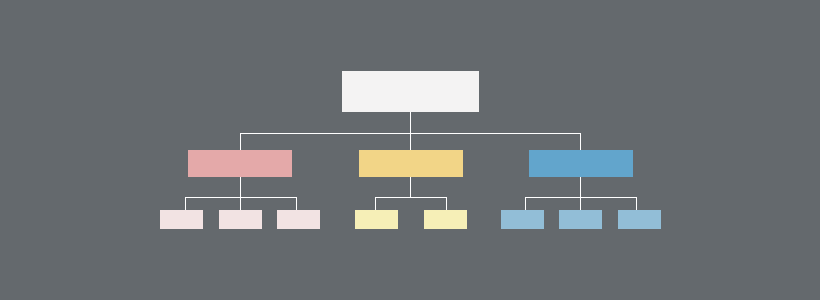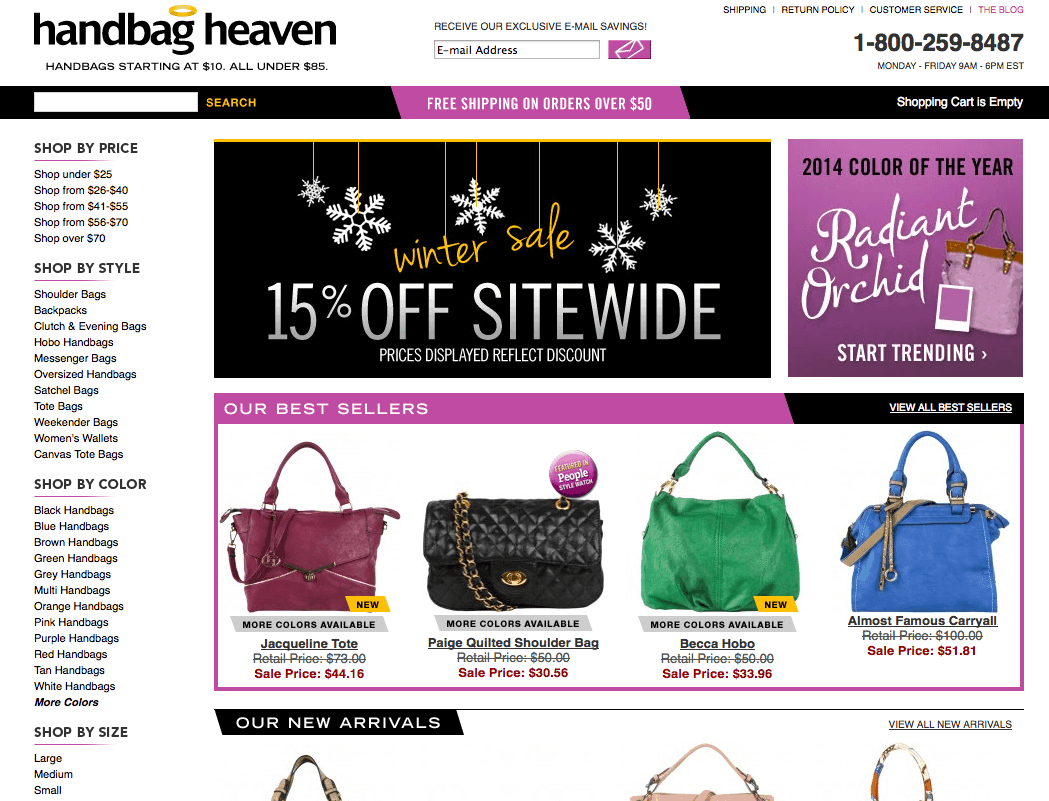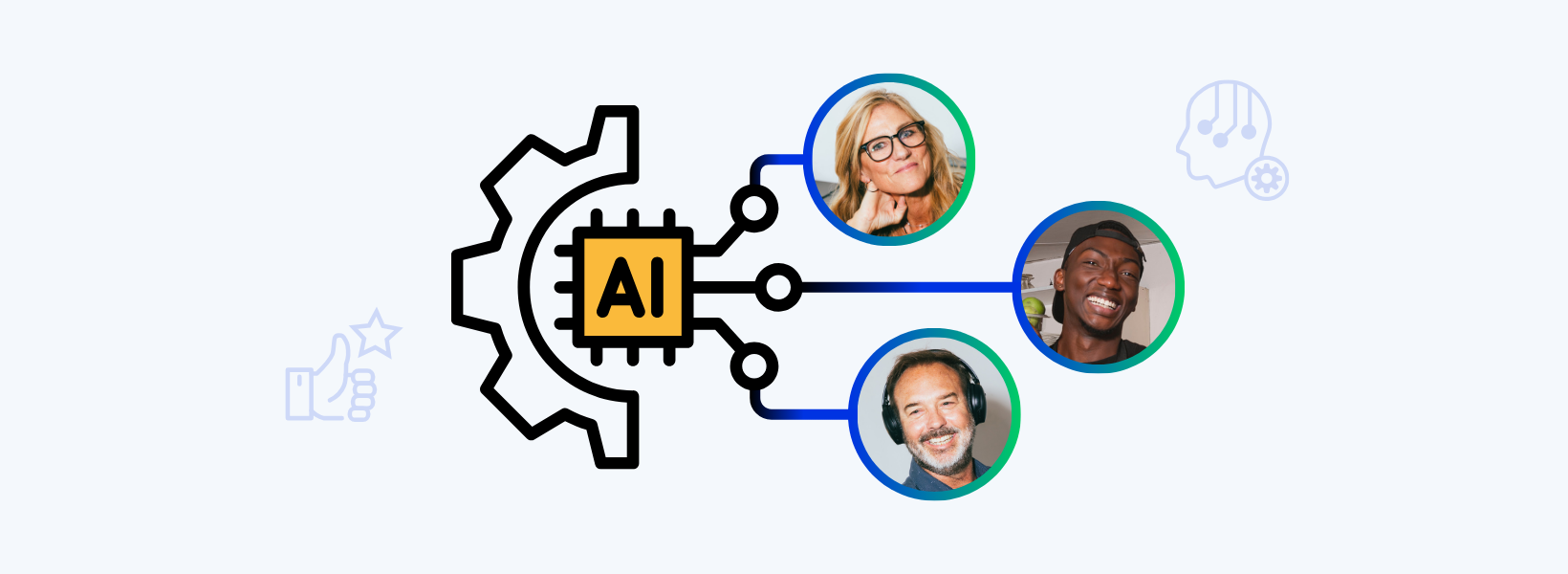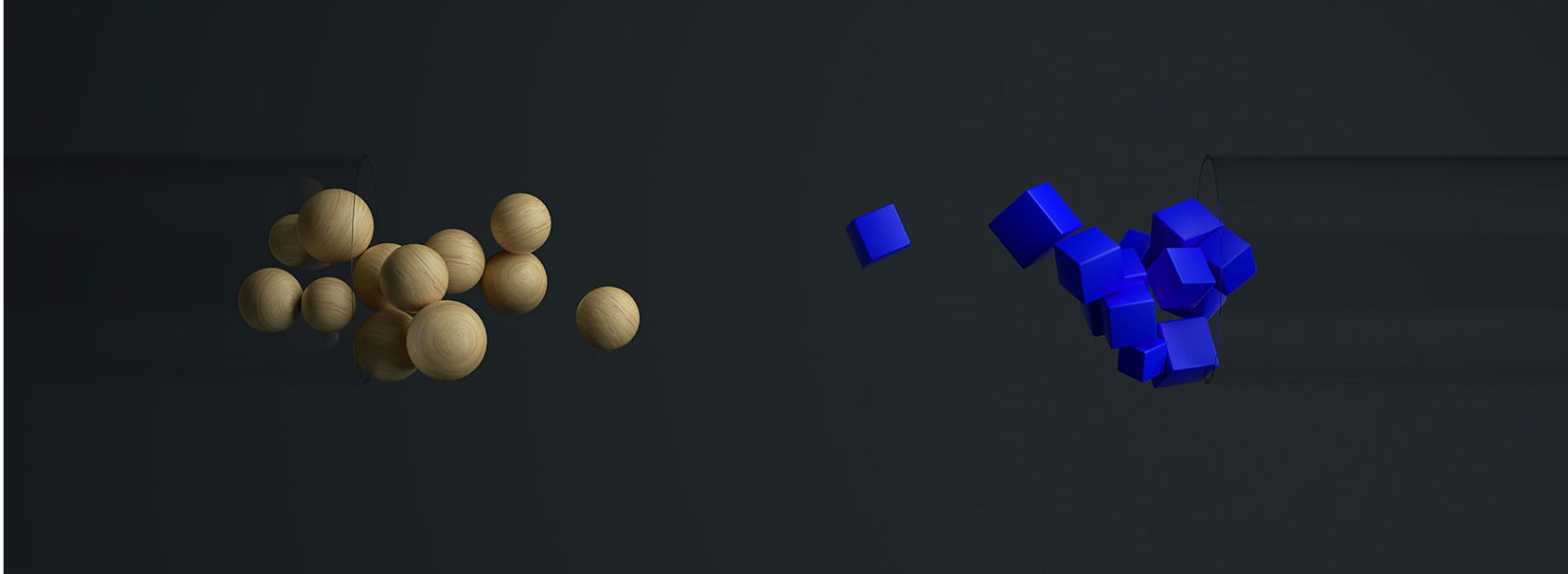Welcome to this five-part series of articles on structuring your website for conversion.
Site visitors that understand your message and can quickly locate solutions to their problems with minimal distractions will not only convert to customers, but they’re highly likely to come back again and again. This series discusses 5 things to consider when designing your site.
Part 1: The Art and Science of Product Grouping
Part 2: 5 Key Guidelines for Upselling and Cross-Selling
Part 3: Keep Visitors Focused on Your Website
Part 4: Add a Human Touch to Your Website through Live Chat
Part 5: Understanding Customer Pain Points
We hope you enjoy reading these articles, and that they provide some real tangible benefit to your company by helping you structure your website.
Business websites need to convert visitors into customers. Unfortunately, this is not always so straightforward. There are many challenges on the road to successful conversion, and good web designers must excel at meeting each one. The art and science of product grouping is one such challenge. Even though each visitor arrives at your site with a set of unique expectations, you must present products in a way that seems customized for that individual.
This article provides some insight into the challenge of product grouping and offers some suggestions on how you may structure your own website for optimal conversion. Keep in mind that the art and science of product grouping applies only to casual shoppers. That is, it applies to people who don’t know precisely what they’re looking for until they find it. On the other hand, people who know precisely what they’re looking for are not sensitive to product grouping. They only need a good search engine to get them to the product page, where they can compare pricing and availability.
The Casual Shopper
Casual shoppers are the most difficult to convert into customers. Casual shoppers understand their own needs, but they don’t know your products. So they’ll browse around for a short time, and if they don’t find something they want right away, they’ll quickly go somewhere else. The good news is that casual shoppers can be very spontaneous. Once they find the right thing, they’ll quickly convert into customers. The key to success is to understand their needs and respond with the right products right away.
As a web designer, you don’t know precisely what products your casual shoppers will eventually purchase, but if you understand your own products well enough to match them into groups that respond to your customers’ needs, you’ll at least have a fighting chance to make the conversion.
For example, an attractive and well-dressed young man walks into an automobile dealership. If you were the salesperson, would you take him to look at used station wagons or hot new sports cars? Without even talking to him, you can tell by his age, the way he dresses and the lack of a wedding ring that he’s looking for something to boost his image. Your website should respond in the same way.
Searching for the Right Handbag
To see how product grouping works, let’s consider a specific example in depth. You have an ecommerce site that sells handbags of different sizes, colors and styles. Why not just show all your handbags to all your site visitors?
Well, here’s the problem: are your visitors willing to dig through your entire inventory looking for the handbag they want? Probably not. Though this statistic is somewhat dated, it was found in 2009 that 34% of ecommerce visitors didn’t convert because they didn’t find what they wanted. It’s not that the websites they visited didn’t have what they wanted, but the desired products simply couldn’t be found.
So how do you help your casual shoppers find the specific handbag they’re looking for without forcing them to search your entire inventory? You can start by applying some of your expert knowledge on customer demographics.
To begin with, you know that handbags do more than carry personal items. Handbags make statements about the individuals carrying them. These statements may be varied and complex, but in general, they can be placed into a small number of categories:
- Style – there are many different styles of handbags that appeal to different customer requirements. Shoulder bags, tote bags, clutch and evening bags, for example.
- Status – some people value their status above all else, so their handbags, however impractical as a means for carrying personal items, must reflect that status.
- Popularity – while individuals may not necessarily like a particular handbag style or color, they will often go with a popular brand so they can fit in with the rest of the crowd.
- Color – the handbag color must blend well with the existing wardrobe as well as seasonal variations.
No doubt, there are more categories for handbags, but the above list can give you an idea of how to think about product groups as a function of personal statements. You simply create a group for each of the items in the above list.
The Handbag Heaven website, pictured below, serves as a good example. They’ve broken out their groups into price, style, color, size, trend, specials and a category called “where seen.” Along the left margin, they’ve provided a way to view handbags in each of these groups, thereby helping the casual shopper quickly get to the right group.
Group Spanning
Keep in mind that a product can span more than one group. For example, a handbag can fit in the “red” color group as well as fit in the “less than $65” group.
Product groups are therefore not mutually exclusive. Though this may seem trivial, this information is very useful when designing your website. You’ll need to ensure that the underlying database supports “many-to-many” relationships of products and their groups. And you’ll need to know this information early in the development cycle; otherwise you’ll create a great looking website that still forces visitors to search through all the items within a specific group. (The Handbag Heaven site in the above example suffers from this problem. Once you ask for red handbags, you no longer have the ability to select subsets based on size, style or any other group.)
Summary
Casual shoppers visiting your website should be viewed as potential conversions. They come to your site without a specific product in mind, yet they will quickly buy something if it addresses their needs. Your job as a website designer is to understand your customers well enough to categorize their needs and then group your products around those categories. You must then provide a mechanism for your visitors to quickly locate those groups, keeping in mind that products can – and often do – span more than one group.
In the next article of this series, we’ll discuss how you can structure your website to maximize upsell and cross-sell opportunities.
Download now: How to Create a Dynamic Live Chat Strategy
You’ve defined your live chat objectives. Next you need to find a way to implement your live chat objective effectively. This eBook provides you with several perspectives in developing the strategy and making full use of your live chat solution.
Download Now
eBook








